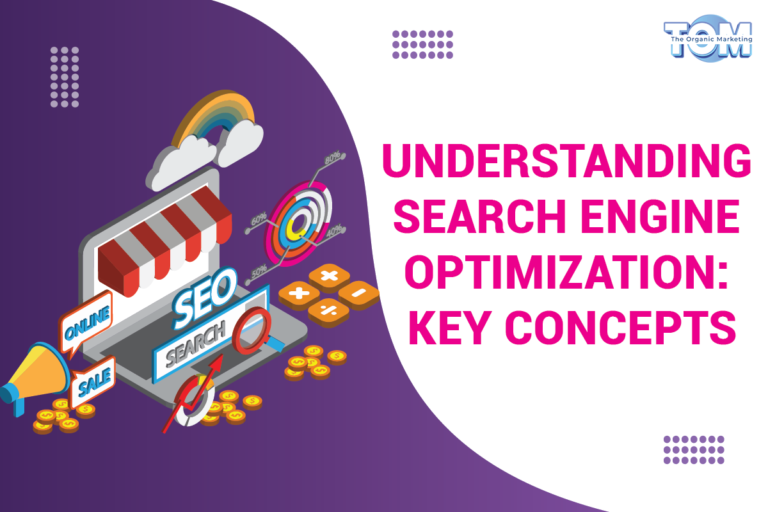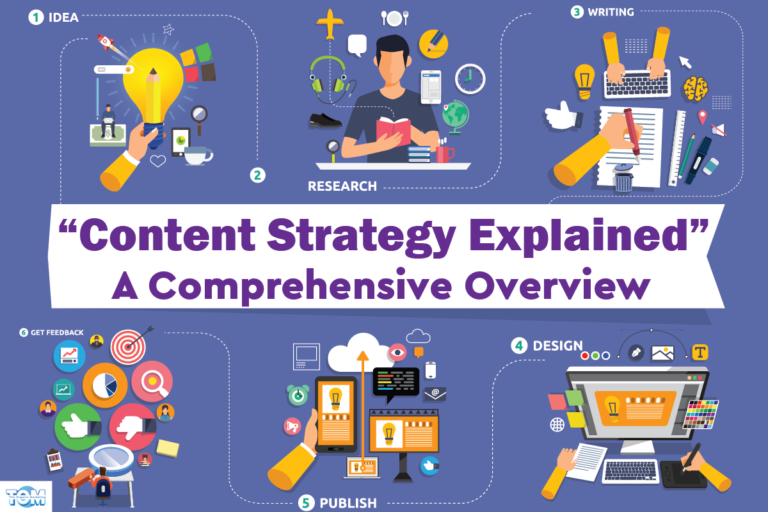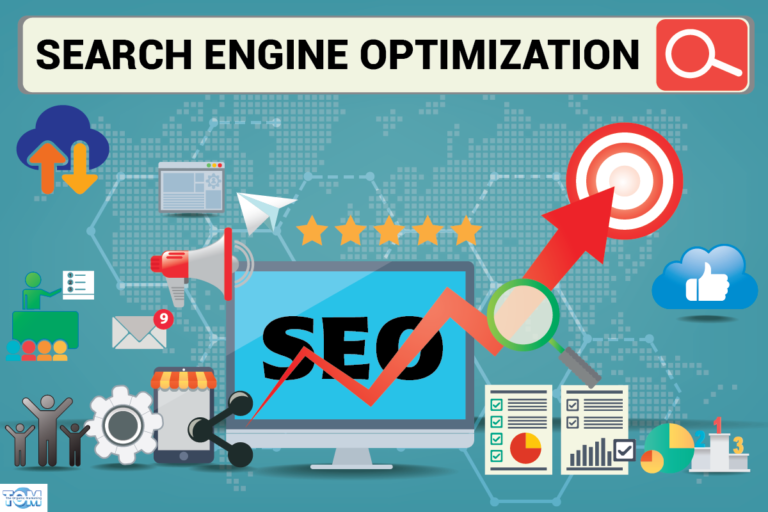Ultimate Guide to Email Marketing: Everything You Need
Email marketing has become a crucial aspect of digital engagement, connecting people and businesses. This guide provides information on its importance, templates, creative guidance, benefits, and drawbacks, highlighting its potential for connecting people and businesses.
What is Email Marketing?
Email marketing is the strategic use of electronic mail to communicate messages, information, or promotional content to a targeted audience. It focuses on building meaningful relationships by delivering relevant and valuable content, such as newsletters, promotional offers, product updates, and event invitations.
Importance of Email Marketing
Email marketing remains a crucial aspect of digital communication due to its reach, affordability, and customization possibilities. With billions of active accounts worldwide, it provides a direct line of contact for consumers, offering targeted information, fostering leads, promoting client loyalty, and driving conversions.
Useful Email Marketing Metrics
- Open Rate: The percentage of receivers who open an email is known as the open rate, and it shows how appealing the subject line and sender are. While low open rates suggest room for development, high open rates point to intriguing subject lines and sender names. The best subject lines may be found through A/B testing, which improves email marketing strategies.
- Click-Through Rate (CTR): The success of the content and CTA appeal is shown by the click-through rate (CTR), which calculates the proportion of recipients who click on a link or CTA in an email. Future engagement-boosting techniques can be informed by analyzing elements like phrasing and location.
- Conversion Rate: The success rate of receivers in taking an action is measured by conversion rate, which reveals how successful an email campaign was. Monitoring conversion rates directs content optimization and call-to-action refinement by enhancing the persuasiveness of the material and matching it to the demands of the audience.
- Bounce Rate: Email delivery problems are measured by bounce rate, which may be a sign of list quality problems. Invalid or outdated addresses may cause high bounce rates, which might affect the campaign’s reach. Concerns can be found by distinguishing between hard and soft bounces.
- Unsubscribe Rate: The percentage of recipients who unsubscribe from campaigns provides information on the caliber and frequency of the material. Monitoring this statistic helps in determining preferences, the relevancy of the information, and makes adjustments for long-term engagement.
- Engagement Metrics: Deeper insights into recipient engagement patterns are provided by engagement metrics, which examine email time spent, interactions, and forwarding rates. By analyzing these variables, campaigns may be tailored for optimum interaction, increasing their resonance and effect.
- Return on Investment (ROI): ROI measures the financial returns from email marketing campaigns compared to costs, providing a holistic view of success. It helps identify the most valuable campaigns, allocate resources strategically, and align email marketing efforts with business objectives.
- List Growth Rate:The list growth rate measures the pace of growth of your email subscriber list. A healthy subscriber base and good lead creation are both indicated by a favorable growth rate. Monitoring list growth gives you information about the readership of your emails and the success of your subscriber acquisition and retention efforts.
- Spam Complaint Rate: The proportion of receivers that report an email as spam is measured by the spam complaint rate, which has an impact on the deliverability and reputation of the sender. It enables remedial efforts by assisting in the identification of potential content or list quality concerns.
- Revenue per Email (RPE): Revenue per email measures the average monetary return generated per email sent, enabling a clear assessment of individual campaigns’ financial impact. Understanding this metric helps identify high-performing campaigns and optimize strategies for maximum revenue generation.
Email Marketing Templates and Their Use
Email marketing templates are pre-made layouts that make it easier to create organized and aesthetically pleasing emails. These templates make it possible for those with little design experience to create messages that seem polished.
By using templates, people and companies may effectively provide information, maintain consistent branding, and improve user experience. Headers, footers, colors, fonts, and graphics are just a few of the aspects that may be changed to create a unique identity and improve communication.
Tips for Creating Great Email Marketing Campaigns
- Segmentation: To offer tailored and pertinent information, divide your audience into several groups depending on their demographics, actions, or interests.
- Compelling Subject Lines: Create interesting subject lines for your emails to encourage recipients to open them.
- Engaging Content: Give readers enlightening and compelling material that speaks to them and inspires them to take the required action.
- Call to Action (CTA): Define one CTA in detail that directs users to the desired action, such as making a purchase, signing up for a service, or downloading content.
- Mobile Optimization: Create emails that are mobile-responsive to offer a consistent viewing experience across devices.
- Testing and Iteration: To customize and enhance campaigns based on real-time feedback, A/B test various components like subject lines, content, and CTAs.
Advantages and Disadvantages of Email Marketing
Advantages:
- Cost-Effective: Email marketing is relatively inexpensive compared to traditional marketing methods, making it accessible to businesses of all sizes.
- Wide Reach: Email has a vast user base, enabling messages to reach a global audience within seconds.
- Personalization: Tailor content based on recipient preferences, enhancing engagement and building stronger connections.
- Measurable Results: Robust analytics provide clear insights into campaign performance, aiding in continuous improvement.
- Automation: Automation tools allow for personalized, timely, and consistent communication without manual intervention.
Disadvantages:
- Deliverability Challenges: Emails might end up in spam folders, reducing visibility and engagement.
- Content Overload: Inboxes are inundated with messages, making it crucial to stand out amidst the competition.
- Dependency on Technology: Technical issues or changes in email clients can affect campaign delivery and rendering.
- Unsubscribes and Opt-Outs: Recipients can easily opt out, impacting the potential reach of future campaigns.
- Data Privacy Concerns: Stricter data protection regulations require adherence to privacy guidelines and obtaining proper consent.
Email marketing is a versatile communication medium that fosters connections, achieves communication objectives, and reaches a global audience. By leveraging email marketing’s potential, individuals and organizations can harness its advantages while navigating its challenges, all while building meaningful relationships and driving desired outcomes.
To know more about effective email marketing strategies, contact The Organic Marketing today!






